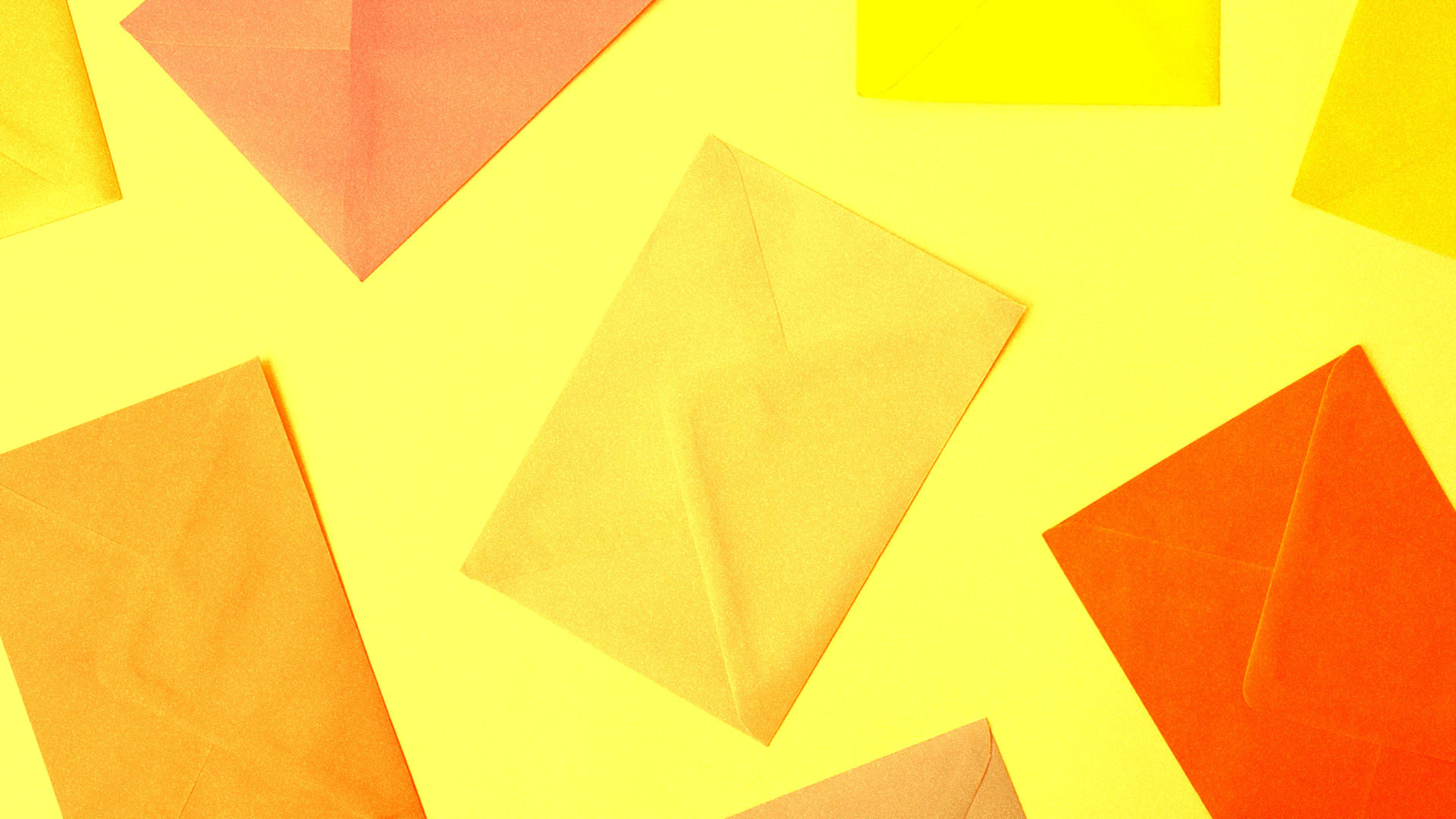As a public relations professional who runs a boutique PR company for independent filmmakers and other clients, I receive a lot of emails. An average day is between 400 and 600 emails. I’m sure your inboxes are much the same—maybe worse.
At one point, I stopped opening most emails in my personal account and eventually accumulated over 20,000 unread and unfiled emails. I had to turn off the notification icon on my phone, and it felt like a digital finger wag. However, my work inbox wasn’t in better shape. I had no workflow to keep those numbers down, and my to-do list was lost in all the chaos. Not surprisingly, many of the items were incomplete.
Then, rather suddenly, the intensity of life squeezed harder, and I started dropping balls. I was living in a constant state of email triage—excusing myself from a funeral visitation to hit “reply all.” Anxiety was at an all-time high. I knew I needed to change. After reading Veronica Kirin’s Stories of Elders: What the Greatest Generation Knows about Technology that You Don’t, I realized that I needed to be more intentional and disciplined in how I use technology. The easiest place I could start was organizing my digital life and committing to hitting Inbox Zero at least once per day.
It took a lot of trial and error, but I finally found a method that works for me. Here’s a breakdown of the system that I use today.
1. Commit to a date—then move everything in your inbox to holding folders
I wasn’t able to go through 20,000+ emails in one day, and neither will you. So I gave myself one month to get my work inbox cleaned up and six months to clear out my personal inbox. To stay motivated, I set a countdown on my desktop. Then I moved everything in my inbox to new holding folders. Everything from the past two weeks went into Urgent. Everything else went into a To-File folder.
2. Commit to an email schedule
Throughout the day, I check my email about every 45 minutes, but I have specific times to clear out my inbox, so it stays at Zero. I have alarms set for 9 a.m., 2 p.m., and 4:30 p.m. to remind me. To address the larger holding folders, I’d work on clearing those out while listening to hold music or at night watching TV. I also used this time to unsubscribe.
3. Understand email life cycles, and automate them
Clearing out my inbox at set times isn’t enough. I needed to automate a portion of the volume and know at a glance what needs my attention. Luckily tools exist for this, but I had never bothered to learn how to use them properly or set them up. Email filters, in particular, are fantastic. But it takes a bit of work and logic to set them up correctly.
I first identified what kinds of emails are in my inbox and what stages each go through. Sales emails go through a very different life cycle than client-specific emails. Then I made a flowchart to understand their life cycle. Using this information, I set up action folders and labels to identify these stages visually. I then created email filters using keywords to automatically label emails associated with individual clients, projects, or email types. This helps to automatically color code and index my inbox.
I further set up status labels to know where everything is at in its cycle, such as Next Up, Follow up, etc. Anything that has to be done by end of day is labeled End-of-Day. Anything that can be done by week’s end gets labeled Next Up. Emails I’m waiting for a reply on get that tag, and I check my Waiting folder at each day’s end to remind myself what’s on hold. I now use Gmail’s new snooze feature to bounce emails back to my inbox as a reminder to follow up.
4. Work distraction-free with a false inbox
I get distracted easily. And a constant flow of new emails and alerts can leave me unfocused or set off my anxiety. It took some practice, but I now block out chunks of times to work from a false inbox. It’s merely an empty folder that I named — inbox —. From there, I can flip to other folders and search my email without having to see what’s newly arriving but still have a place to click to when I get the urge to go to inbox. If you’re not disciplined enough to use a false inbox, there are browser plugins you can also apply to hide your inbox entirely.
5. Celebrate that Inbox Zero life
In total, it took about 10 hours to clean and automate my work inbox and 30 to complete my inbox. When I had thousands of emails to wade through, I spent my days in a state of anxiety, and I was no longer thriving. I was putting out fires instead of preventing them.
Achieving Inbox Zero isn’t about being at the mercy of your emails. For me, it was a way for me to take control of my work and not let my to-dos overwhelm me. With this new workflow, I’m less distracted, better able to see in a snapshot what’s most critical to serving my clients, plan ahead, and do more in less time. That makes me a much more productive (and happier) person.
Tamaryn Tobian is the owner of Spectacle Creative Media, an independent boutique public relations company. She’s obsessed with productivity and professional developments that help filmmakers, individuals, and business owners succeed.
Recognize your brand’s excellence by applying to this year’s Brands That Matter Awards before the early-rate deadline, May 3.
